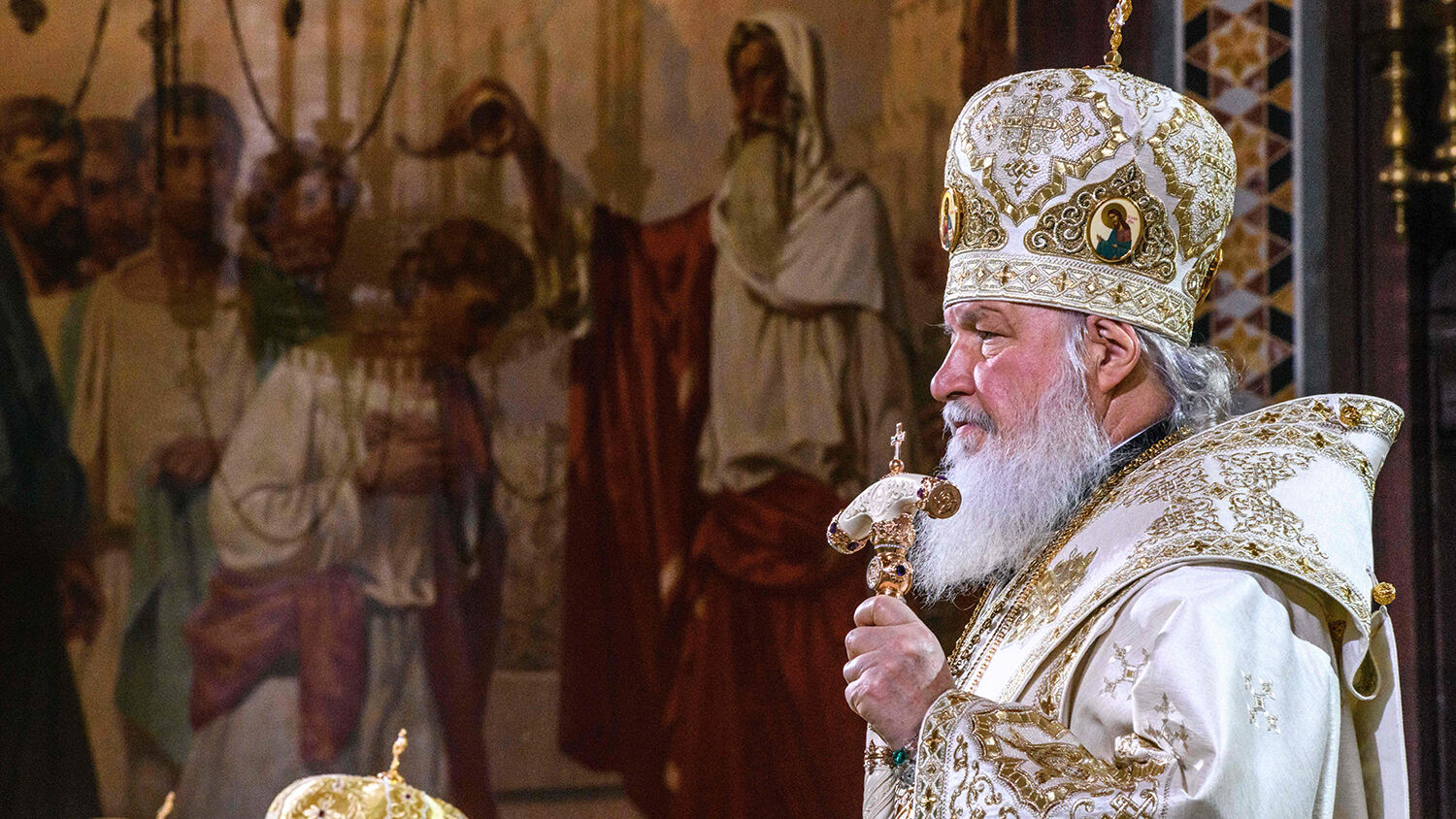
Is Reunification of Catholic and Orthodox Churches Imminent?
The Eastern Orthodox Church is breaking apart. The Russian Orthodox Church cut ties with the patriarch of Alexandria on December 26, following his decision to recognize an independent Ukrainian Orthodox Church. This schism follows the Russian church’s decision to cut ties with the archbishop of Athens and the ecumenical patriarch of Constantinople. Both leaders also recognized the new Ukrainian church.
There are 14 universally recognized Orthodox churches, plus the Orthodox Church of America and the Orthodox Church of Ukraine (which are not universally recognized).
The Russian Orthodox Church holds jurisdiction in Russia, Ukraine and other former Soviet nations. Therefore, Patriarch Kirill of Moscow opposes all attempts to recognize an independent Ukrainian Orthodox Church. Yet Orthodox churches in Egypt, Greece and Turkey have done so anyway. This development is splitting the Orthodox churches into pro-Ukrainian and pro-Russian factions. If the Eastern Orthodox Church breaks up over Ukraine, the pro-Russia faction will likely draw closer to Moscow, while the pro-Ukrainian faction will draw closer to the Roman Catholic Church.
The Eastern Orthodox Church split from the Catholic Church in the 11th century. The Roman Catholic Church has been trying to bring the Eastern Orthodox back under its dominion since the 1970s. But negotiations have stalled over the Eastern Orthodox Church’s refusal to accept the authority of the pope. Yet according to a report from the Union of Orthodox Journalists, Ecumenical Patriarch Bartholomew of Constantinople told several abbots and monks last November that there were no dogmatic differences between Orthodoxy and Catholicism, and that eventual reunion with Rome is inevitable.
News site Angelus published an editorial titled “Could the Reunion Between Catholics and Orthodox Be Closer Than We Thought?” It highlighted the biggest obstacle to Catholic-Orthodox unity: tension between Rome and Moscow. If the Orthodox churches split into pro-Ukrainian and pro-Russian factions, the pro-Ukrainian faction might move toward reunification with the Catholic Church, unencumbered by Moscow.
For over 40 years, until his death in 1986, Plain Truth editor in chief Herbert W. Armstrong forecast that the Roman Catholic Church would pull its Protestant and Eastern Orthodox daughters back under its dominion as it rose up to rule over a united Europe. The November 1963 issue of the Plain Truth stated:
The mighty problem of achieving [Catholic] unity is twofold. First, it involves reconciliation of the Orthodox Schism that officially commenced in 1054 and divided the churches in the East—Greece, Russia, the Balkans and the Near East—from Rome. Second, it involves the restoration to the Roman Communion all Protestantism, which developed from 1517 onward.
This prediction was based on a prophecy in Isaiah 47, which describes a church called “the lady of kingdoms” that has power over many nations. Yet this church has protesting daughter churches that have split away. The Prophet Isaiah states that these protesting daughters will be brought back under their mother’s control. This mother will rise to prominence in the end time, exerting great influence over a European superpower.
The Roman Catholic Church has signed agreements with Orthodox, Lutherans, Methodists, Anglicans and other religious groups in its push to unify the world—and especially Europe—under its control. Political tensions over Ukraine may present a stumbling block to the Vatican’s efforts to reabsorb the Russian Orthodox Church, but it will not stop Rome from reabsorbing other Eastern Orthodox patriarchates. Just as Eastern Europe is being divided between a German-led European Union and a Russian-led Eurasian Union, it is also being divided between the Catholic Church, led by Rome, and the Orthodox Church, increasingly led by Moscow.
For more information on how the Roman Catholic Church is working to unite all Christians under the pope, read “Returning to the Fold,” by Stephen Flurry.
